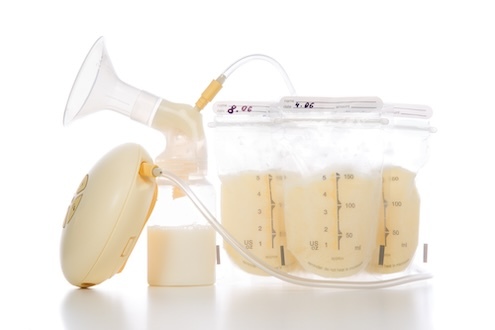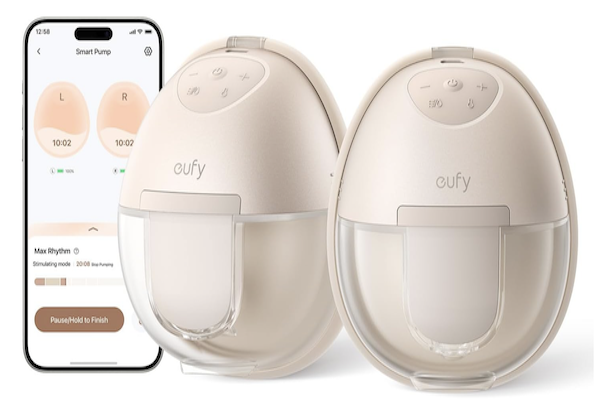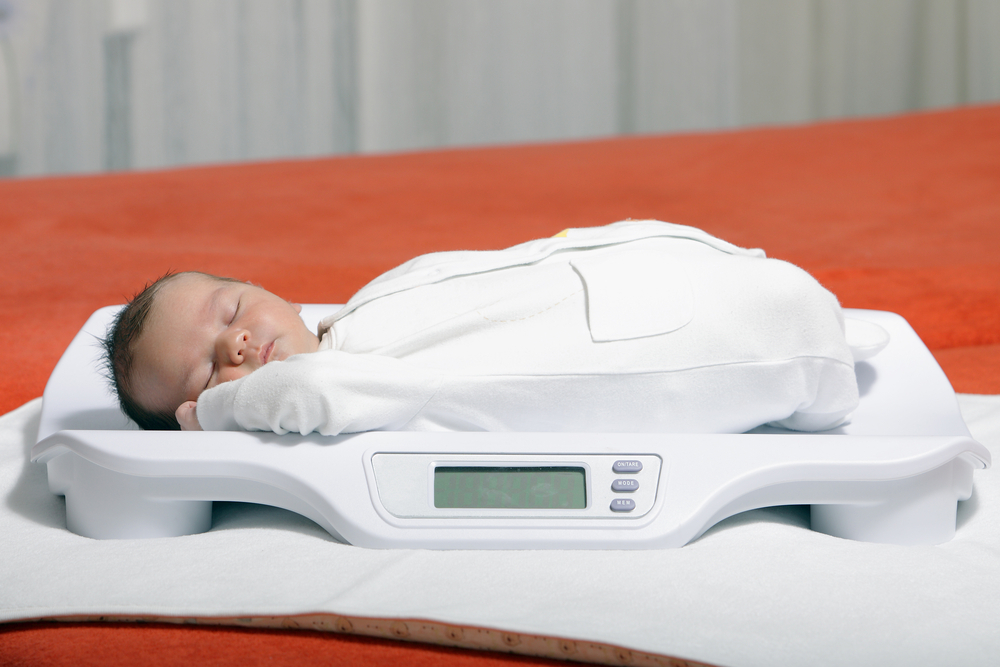Common Breastfeeding Concerns
These are some of the common breastfeeding concerns you may encounter during your breastfeeding journey. Things often change during the course of breastfeeding and concerns may arise and most are easily resolved. Breastfeeding help is available throughout your first year and beyond. Many of our patients come in for help at the beginning and keep coming back as challenges arise. Here are some tips to help get you through!
 Breast Abcess
Breast Abcess
A breast abscess is a collection of pus in the breast. It can be serious so be sure to seek medical help right away. It can follow a case of mastitis. The skin can look very thin and weepy like there is a collection of fluid inside and is on one area of the breast, typically only on one side. It is treated with antibiotics and sometimes will need to be drained. Many women will continue to breastfeed with an abcess and after it is healed. Working with an IBCLC to help you through is important.
- Requires Immediate Attention
 Bleb (Milk Blister)
Bleb (Milk Blister)
A bleb looks like a whitehead on the face of the nipple. It is a blocked nipple pore and is often associated with a clogged duct. The milk is blocked at the exit site of the nipple and then a clogged duct may form on the breast. Blebs can be exquisitely painful or they can present with no pain at all. Check with your health care provider if you are having a lot of pain. Below are links to our favorite products to help with clogged ducts are are so effective.
- Breast Health ™
- Sunflower Lecithin
 Blood in Milk (Pink Milk)
Blood in Milk (Pink Milk)
Sometimes if there is a crack on the nipple, blood can get into the milk and the result is pink milk when mom pumps. Your milk is made from your blood, so we really don't have restrictions to breastfeed. Also, some moms will see blood when their baby spits up if there is perhaps a small crack. It is ok, but causes much distress if you don't realize where it is coming from.
- Pink milk, can I use it?
 Blood in spit up
Blood in spit up
 Bottle Feeding
Bottle Feeding
- Paced Bottle Feeding
 Bottle Refusal
Bottle Refusal
Bottle Refusal can be a difficult thing to deal with and often comes out of the blue. Many moms will say, "my baby took a bottle just fine and now he won't take it." It often comes at the most inopportune time like when going back to work or taking a trip. There is often no quick fix to this problem. It often takes patience and perseverance. Often we will try other methods of getting milk into baby. Check out book above by Rowena Bennett. Schedule a visit with your IBCLC.
 Breastpumps
Breastpumps
It is hard to believe breastpumps are not needed to breastfeed a baby! Breastpumps have become almost a necessity when it comes to breastfeeding with the majority of women returning to the workplace at just 3 months, at least here in the United States. Expressing milk has been going on forever but in the beginning, women used to use their hands to pump or other women might have helped out if a mom wasn't produce enough. Choosing a pump is harder than ever because the market is flooded with so many pumps nowadays. Click link above to learn more about which pump may be best for you.
 Breastpumps - Wearable
Breastpumps - Wearable
 Burping
Burping
 Clogged Ducts
Clogged Ducts
Clogged ducts are a common complaint of breastfeeding women, especially in the early weeks before your breasts reach a level of homeostasis. Clogged ducts can also occur as your baby starts sleeping longer stretches, starts solids or during time of illness. Probiotics can really help combat this as well as sunflower lecithin. Getting to the root cause of the issue is key. Schedule your consult today with your local IBCLC.
 Cluster Feeding
Cluster Feeding
Cluster feeding is when your baby is nursing in very frequent intervals. This often happens in the evening when both you and your baby may be on low reserve. Remember, you are your baby's happy place where they feel safe, warm, and happy. This is also a way that baby builds your milk supply. Many women feel that they are not making enough when this happens and they reach for a bottle. Sometimes this may be necessary. Remember, if you pump and put your milk in a bottle, this is the first thing we recommend trying. Then, if you need more milk there is donor milk and then formula if needed. Cluster or frequent feeding by baby is nature's way of building up your supply.
 Engorgement
Engorgement
Engorgement is the stage of lactation usually associated with when your milk first comes in and becomes plentiful. Some women describe it as a full feeling and breasts feel warmer. Some women find their breasts are hot and throbbing and it can be quite painful and baby who was nursing well may have trouble latching. Cold compresses are the current treatment for engorgement. We do recommend some light lymphatic drainage but not to much pressure which can lead to inflammation and worsen engorgement
 Flat or Inverted Nipples
Flat or Inverted Nipples
Flat Nipples and Inverted Nipples are just a variation of the nipple. They can present some challenges with breastfeeding. Bear in mind, the baby nurses from the area around the nipple but at the beginning a more protractile nipple can make it easier for baby to find the target. Often, women receive a lot of IV fluid that can make the breast more full of fluid and can cause the nipple to appear flat. We often work with moms with nipple variations and most most do just fine. Contact your local IBCLC for assistance to schedule an appointment.
 Flange Sizing
Flange Sizing
 How to tell when baby is done
How to tell when baby is done
 Latch
Latch
 Leaky Breasts
Leaky Breasts
 Low Milk Supply
Low Milk Supply
 Mastitis
Mastitis
 Nipple Confusion
Nipple Confusion
 Pumping Issues
Pumping Issues
 Reflux
Reflux
If you are reading this one you may have a baby between 3 weeks and 3 months. Many issues with gas, reflux and digestion leading to fussiness starts around 4 weeks and causes parents a lot of distress. You may also have to go into detective mode to figure out what is going on. Some babies may have a dairy or protein sensitivity to something you are eating which can cause babies to seem very fussy. Some babies may have reflux and some babies are just going through the 4-8 week fussy periods and all of these things can look similar. It is best to discuss with your pediatrician. Some of the common remedies used here is the US are mylicon drops which are good for gas and tummy troubles. Some moms will go off dairy and say it makes a huge difference. You might hear of other remedies like probiotics or gripe water. Generally, babies will outgrow this stage by 12-16 weeks when things start getting easier, but seek out help if your baby seems uncomfortable.
 Sleepy Baby
Sleepy Baby
Babies are often sleepy in the early days of life. We want them to nurse so much but they are going to do what they are going to do! So, how do we wake a sleepy baby? In the early days in the hospital it can help to get them skin to skin and to help wake up moms and babe's hormones! When baby lays on your chest we call it the instinctive position. You can also change their diaper, take off their hat and shirt and move them around a bit. Once home, if they are very sleepy, you can always hand express or pump and give some of your milk in a bottle to give them some energy so they will likely nurse better. This is also the time to pick up the phone and schedule your visit with an IBCLC!
 Slow Weight Gain
Slow Weight Gain
